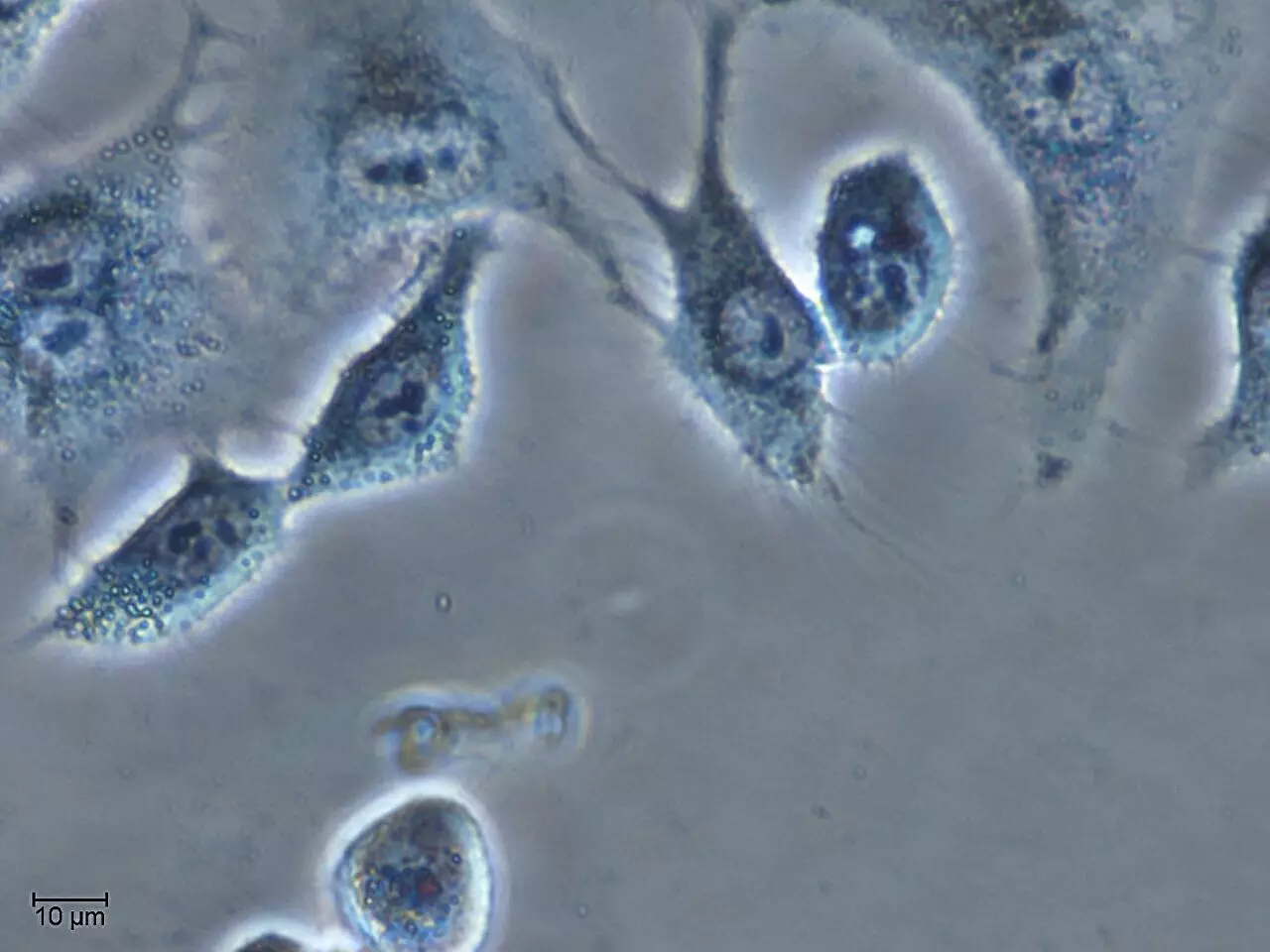Chemotherapy is a crucial treatment for cancer patients, saving countless lives. However, the side effects and limitations of these treatments have prompted researchers to explore alternative methods to target cancer cells more selectively. A recent study published in Cell Reports Physical Science delves into the use of molecular “cages” made of pseudopeptides to eliminate cancer cells in acidic microenvironments. This groundbreaking research, led by a team of scientists from the IQAC-CSIC, University of Burgos, and IDAEA-CSIC, sheds light on a new approach to developing ionophores for cancer therapy.
Chemotherapy faces two primary challenges when it comes to treating cancer: lack of selectivity and the emergence of chemoresistance. The non-selectivity of chemotherapy drugs can lead to undesirable side effects, while chemoresistance can render treatments ineffective for certain patients. Additionally, cancer cells exhibit unique characteristics, such as creating an acidic pH in solid tumor environments, making them more resilient and prone to metastasis. Ionophores have shown promise as potential chemotherapeutic agents, but controlling their activity to minimize toxicity has proven challenging.
The use of molecular “cages” derived from fluorine-substituted amino acids presents a novel approach to targeting cancer cells in acidic environments. These cages have shown the ability to selectively kill cancer cells at slightly acidic pH levels, typically found around tumors, while remaining harmless to healthy tissues at physiological pH levels. Previous studies have demonstrated the efficacy of these cages in killing cancer cells in acidic conditions, leading researchers to further investigate their mechanisms of action and potential for therapeutic applications.
The research conducted by the scientific team involved an in-depth study of a wide range of “cages” with varying numbers of fluorine atoms in different positions. This comprehensive analysis aimed to understand the chloride capture capacity, transport processes, and toxicity levels at various pH levels in cell cultures. Through a combination of theoretical and experimental approaches, such as fluorescence, nuclear magnetic resonance, and computational studies, the researchers were able to elucidate the role of fluorine in these molecules and identify a cage with even higher selectivity for killing cancer cells in acidic environments.
The findings of this study offer valuable insights into the potential of molecular “cages” as a targeted therapy for cancer treatment. By understanding the mechanisms of action and optimizing the design of ionophores, researchers hope to overcome the challenges associated with chemotherapy and improve the efficacy of cancer treatments. With continued research and advancements in this field, molecular “cages” could pave the way for more selective and effective cancer therapies in the future.


Leave a Reply